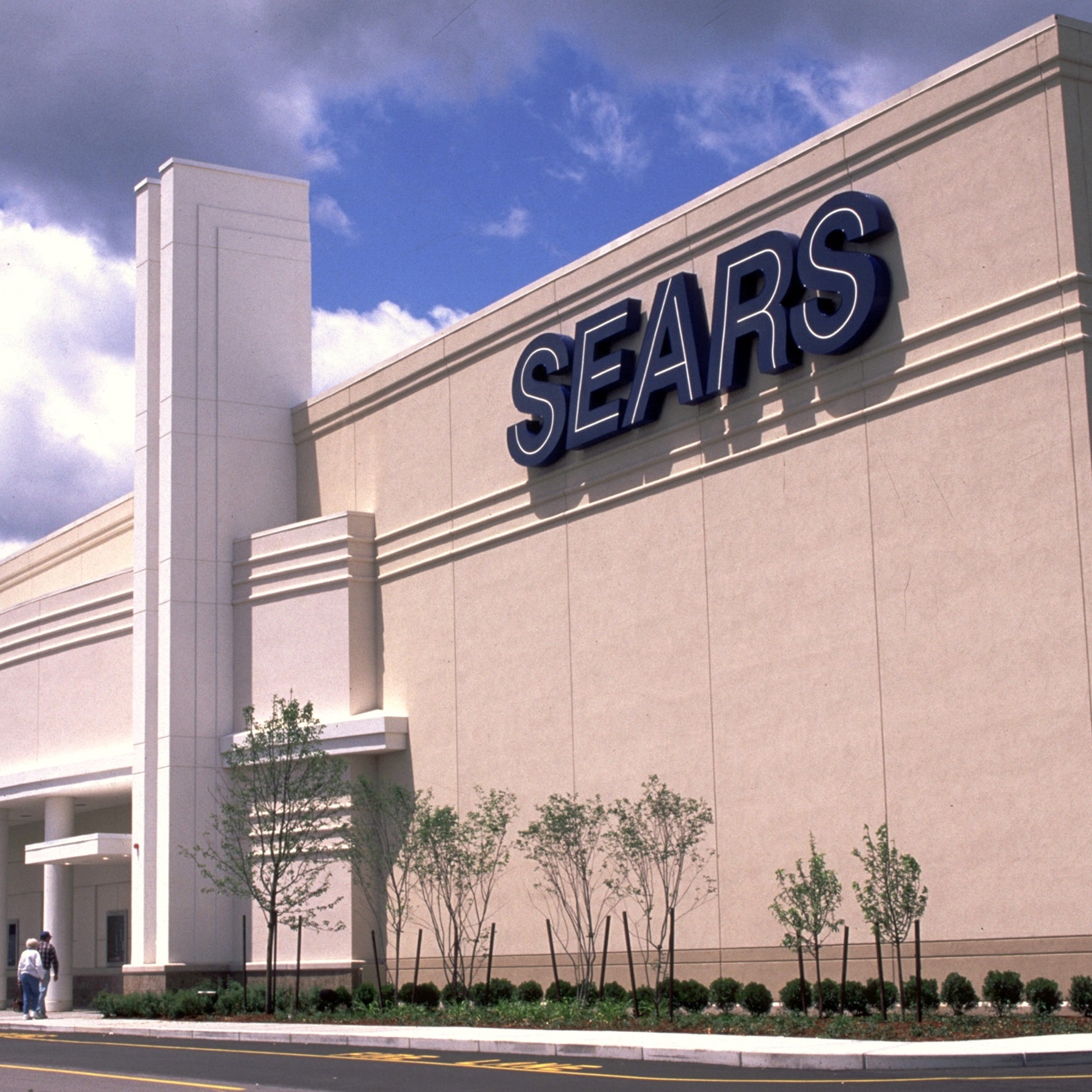
Usually buried in the small print of some troubled public companies is the phrase “substantial doubt exists related to the Company’s ability to continue as a going concern.” Recently that company was Sears Holdings Corp. (NASDAQ: SHLD), parent of Sears and Kmart, which made the comment in its 10-K annual filing with the U.S. Securities and Exchange Commission.
Sears says its doubt is based on years of losses and attrition in sales. Sears also mentioned it may be unable to raise more money. That may mean its largest shareholder and CEO, hedge fund manager Edward Lampert, will stop loaning Sears money. Other potential lenders may find it too risky to put money into an operation that many consider the most troubled large retailer in the United States. Sears lists it current “total borrowings” at $4.2 billion for the year that ended January 28, up from $3.0 billion at the end of the previous year. Sears did indicate that some restructuring of debt may help it get to the end of the year, but it was not an outright assurance.
Elsewhere in the document is a table that shows the company’s profits and losses for 2012 to 2016. In the most recently reported year, revenue was $22.1 billion and the company lost $2.2 billion. In 2012, revenue was $39.9 billion and the loss was $930 million. Some of the drop in revenue was due to the sale or spin-off of some assets. The numbers also show, however, the grim trajectory of the company.
Both Sears brands have been crippled by same-store sales losses, so neither Kmart nor Sears has been a pillar for the company. The parent has serially closed locations, yet this has not made the company’s operations efficient enough to make money.
The most recent statement from Sears is another sign of the brutal restructuring of traditional retail companies. In the past several months, Macy’s Inc. (NYSE: M) and J.C. Penney Co. Inc. (NYSE: JCP) have both closed stores. It remains to be seen if this improves their bottom lines. However, their very modest success in e-commerce has not offset slides in their brick-and-mortar business. This is usually blamed on Amazon.com Inc. (NASDAQ: AMZN). But big retailers also compete with other big retailers’ online operations. Thus, Macys.com competes with jcp.com.
Sears finally has admitted what many outsiders have expected and predicted for over a year. It may not make it to the end of this one.
Credit Card Companies Are Doing Something Nuts
Credit card companies are at war. The biggest issuers are handing out free rewards and benefits to win the best customers.
It’s possible to find cards paying unlimited 1.5%, 2%, and even more today. That’s free money for qualified borrowers, and the type of thing that would be crazy to pass up. Those rewards can add up to thousands of dollars every year in free money, and include other benefits as well.
We’ve assembled some of the best credit cards for users today. Don’t miss these offers because they won’t be this good forever.
Flywheel Publishing has partnered with CardRatings for our coverage of credit card products. Flywheel Publishing and CardRatings may receive a commission from card issuers.
Thank you for reading! Have some feedback for us?
Contact the 24/7 Wall St. editorial team.